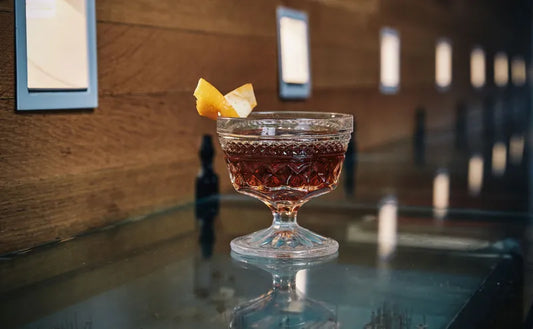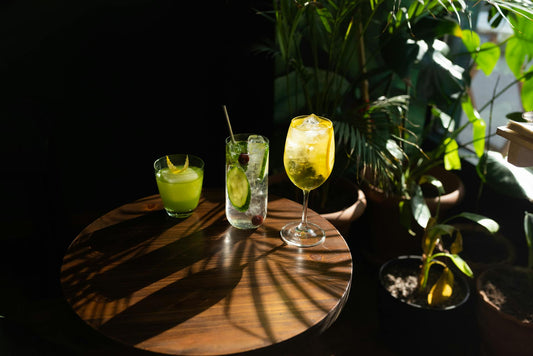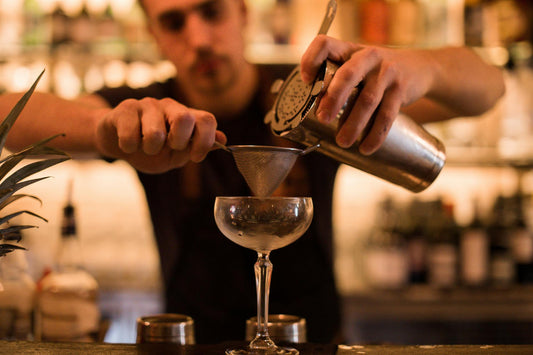New Forest Cocktail: A Refreshing Non-Alcoholic Delight
SWEET to SOUR
(1-10)
STRENGTH
(1-10)
CALORIES
STANDARD
DRINKS
Note: these values are approximate and may vary dependent on the ingredients and brands you use.
More information...
The New Forest cocktail is a delightful non-alcoholic drink that captures the essence of nature with its refreshing and aromatic ingredients. This drink is perfect for those who wish to enjoy a sophisticated beverage without the effects of alcohol, making it an excellent choice for designated drivers, health-conscious individuals, or anyone looking to enjoy a flavorful drink without the buzz.
At the heart of the New Forest cocktail is the Everleaf Forest Non-Alcoholic Aperitif, a unique blend that draws inspiration from the rich flora of the forest. This aperitif is crafted with a variety of botanicals, providing a complex flavor profile that is both earthy and herbal. The addition of maple syrup introduces a subtle sweetness that balances the drink beautifully, while the apple juice or cider adds a crisp, fruity note that evokes the freshness of an autumn orchard.
The recipe calls for 60 ml of Everleaf Forest, which serves as the base of the cocktail. This is complemented by 10 ml of maple syrup, which not only sweetens the drink but also adds a rich, caramel-like depth. The use of 45 ml of cloudy, unsweetened apple juice or cider is crucial, as it contributes a natural tartness that enhances the overall flavor. A mere 1.25 ml of apple cider vinegar is included to introduce a hint of acidity, which brightens the drink and adds complexity. Finally, three dashes of Angostura Aromatic Bitters provide a touch of spice and depth, rounding out the flavor profile.
The preparation of the New Forest cocktail is straightforward yet elegant. To begin, one must select and pre-chill an Old-Fashioned glass, which is the perfect vessel for this drink, allowing the flavors to shine while maintaining a classic aesthetic. The garnish of an orange slice wheel not only adds a pop of color but also infuses the drink with a citrusy aroma that enhances the drinking experience.
To create the cocktail, all ingredients are stirred with ice to chill and dilute slightly, then strained into the ice-filled glass. The result is a beautifully layered drink that is visually appealing and aromatic. The orange garnish floats atop the drink, inviting the drinker to take a sip and enjoy the refreshing blend of flavors.
With an alcohol content of 0% and only 120 calories, the New Forest cocktail is a guilt-free indulgence. It offers a delightful alternative to traditional cocktails, making it suitable for any occasion, whether it be a summer garden party, a cozy winter gathering, or simply a quiet evening at home. The drink's balance of sweet and tart flavors, combined with its herbal undertones, makes it a versatile choice that can be enjoyed by anyone, regardless of their alcohol preferences.
In a world where non-alcoholic options are becoming increasingly popular, the New Forest cocktail stands out as a sophisticated and flavorful choice. It embodies the spirit of the forest, bringing together natural ingredients that celebrate the bounty of nature. Whether you are a cocktail enthusiast or someone looking to explore the world of non-alcoholic beverages, the New Forest is sure to impress with its unique flavor profile and refreshing qualities.



